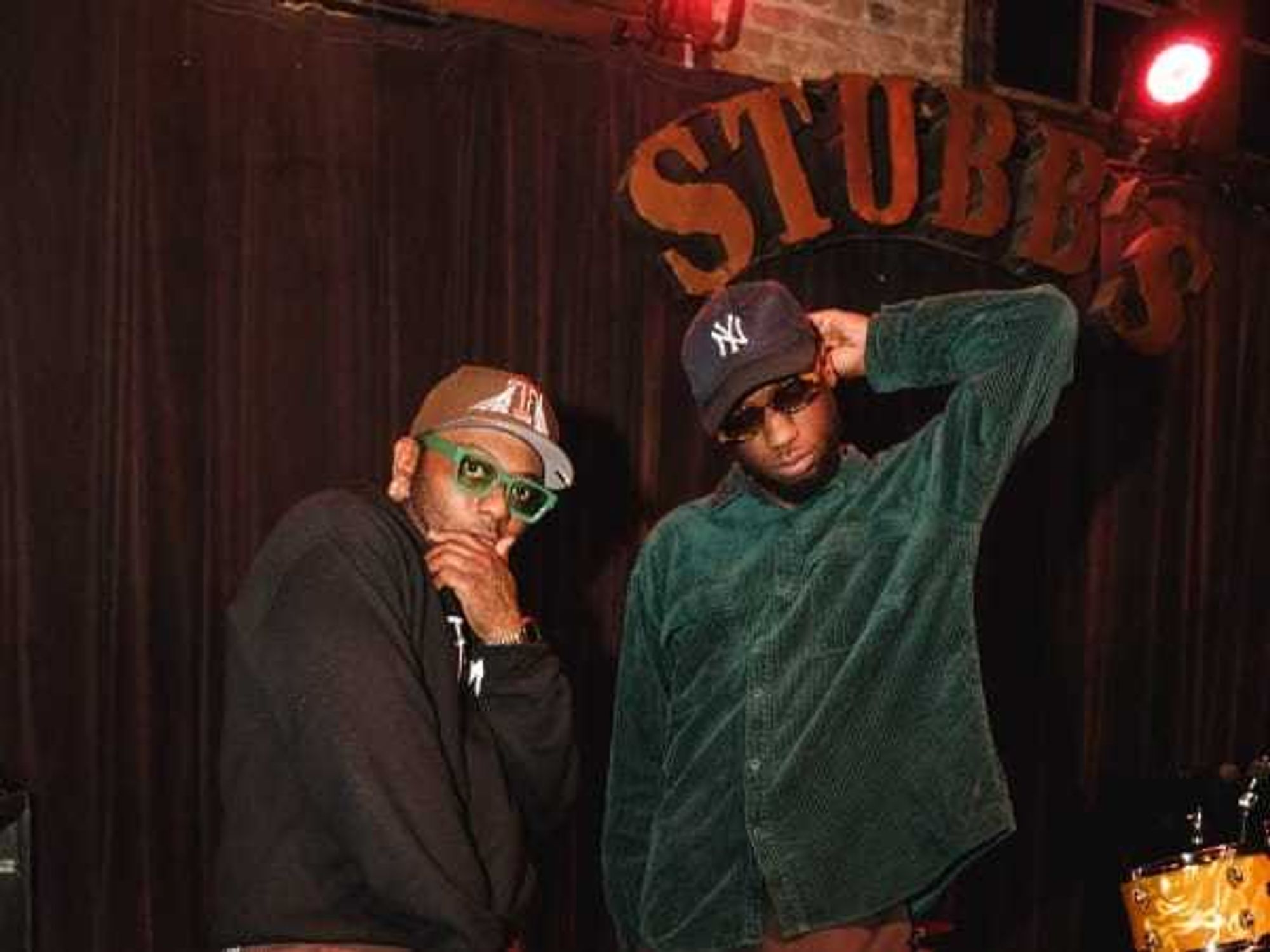Message from the Mayor
Mayor unveils plan to save Austin's live music venues

Editor's note: In this exclusive op-ed, Mayor Steve Adler discusses the current state of Austin music — and what the city is doing about it.
We’re going to save our live music venues in Austin. And this is the kind of progress we’ve been looking for.
This week our office was selected as a winner of the Neighborly Bonds Challenge, which called on innovative public agencies interested in offering their communities the opportunity to invest directly in local projects. Winning will allow us to work with Neighborly to develop a $10 million minibond to purchase and preserve iconic music venues, fulfilling one of the objectives I laid out in the Music & Creative Ecosystem Omnibus Resolution introduced last February.
I am excited about the possibilities that winning the Neighborly Bonds Challenge offers us. This is not a taxpayer bailout. Instead, this provides our community a way out of a problem that has hurt us deeply for generations. We have already lost clubs we will never get back, such as the Armadillo World Headquarters and Liberty Lunch, places where so many of us fell in love with the special spirit of Austin.
We cannot lose these music venues without losing something that is vital to our identity and to our soul. Austin won’t be the Live Music Capital of the World if we keep losing music venues. Now, thanks to Neighborly, we have a way to do something about it.
The affordability crisis hits us all, but it’s walloping our local music industry. According to a study commissioned by Austin Music People, Austin lost 1,200 jobs in the local music industry in the last four years amid booming economic, job, and population growth over all. One reason for this is the place musicians make money — the live music venues — keep closing due to rising rents.
When I and others on the Council offered the music and arts resolution last February, I said that we will need creative solutions for the creative class. The Neighborly Bonds Challenge is a first-of-its-kind competition to transform finance. In our case, winning it allows us to figure out a new way to crowdfund a solution by leveraging technology to radically reduce the cost, time, and complexity to preserve music venues.
When I said I that I didn’t just want Austin’s iconic live music venues to survive but thrive, this is exactly what I was talking about. We can’t bail out our local music industry only to see it limp along with the same problems it had before.
My goal is to create an environment in which the local music industry can flourish, and I think preserving permanently affordable iconic music venues is one way to create transformative change. We envision using Neighborly’s expertise, skill, and technology to crowdsource a $10 million investment vehicle that can create permanent affordability for the music venues we can’t afford to lose.
Importantly, this will require no investment, risk, or obligation of the taxpayers. Instead, this presents them with an investment opportunity. Inherent in our challenges is the possibility of transformative change. What is great about the Neighborly Bonds Challenge is that it will not only help us keep Austin weird by preserving music venues but it will offer a long-term investment to those who can’t normally participate in a bond offering — again, I want to emphasize, without risking taxpayer money.
This is by no means the first progress we’ve made on the music and arts front, and it won’t be the last. The City of Austin has asked the Urban Land Institute to examine how to preserve music and cultural venues on Red River. The study will review the needs of venues, musicians, citizens, land owners, and other stakeholders to provide recommendations on how to preserve what makes Austin a special home for music.
And in the budget we passed last week, the Council included funding for staffing and implementation of one-stop permitting and code enforcement for music and arts venues, emergency funding to save arts spaces, and funding for job training for musicians.
It’s no accident that we will be exploring a tech solution to the crisis in our music industry. These are both creative industries and finding opportunities for integration bodes well for our future prospects of creating an environment in which our local music industry can flourish. We know the affordability crisis is a problem for live music. What we’re finding is that hidden in this problem is the possibility of transformation, and that fills me with optimism as we make progress.
We’re not done yet — we’re going to start trying a lot of new things — but we’re finally headed in the right direction.
